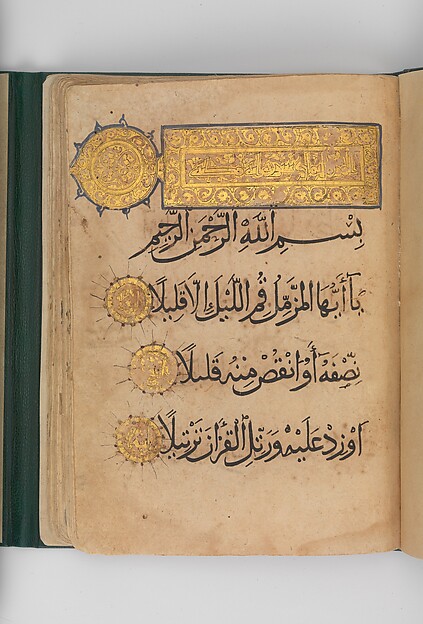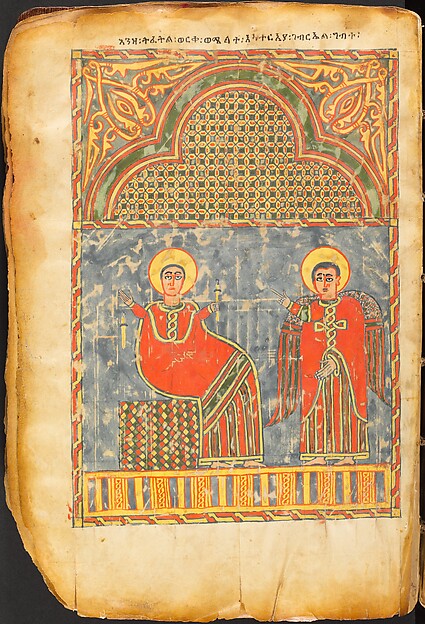Welcome to 31 Days of Medieval Manuscripts, a month-long series introducing the fascinating and brilliant world of medieval illuminated manuscripts.

Those of you who follow my gargoyles posts should be well aware by now that I’m a big fan of finding elements we typically associate with the art of the European Middle Ages in non-European settings. Well, what is true about my love of non-European gargoyles also holds true in the world of illuminated manuscripts. Neither anthropomorphic drainspouts nor decorated books are unique to the European Middle Ages, but in both cases, that is the context in which most of us tend to be familiar with them. That’s why I greatly enjoy the opportunity to explore their usage in other cultures and time periods. Here are a series of illuminated or illustrated manuscripts from elsewhere in the world, all roughly contemporary with the European works we’ve looked at thus far this month.

Above is a selection from an early 12th-century Qur’an. Since Islamic sacred art contains no figural representation, decoration is primarily abstract and can involve the writing itself. This beautiful Arabic script is truly fascinating to the eye, and the gilt certainly doesn’t hurt, either.

Above is an illuminated gospel book made in Ethiopia. It can be fascinating to see how Christian manuscripts produced outside of Europe is simultaneously similar and different to what we’ve seen from British, French, and German artists.

Above is an illustration from a Syrian scientific or engineering book. I love how the peacocks are depicted. They are simple yet easily-recognizable and full of personality. The illustration at the very top of the post is from an Indian Buddhist manuscript. Its vibrant colors are so compelling.
